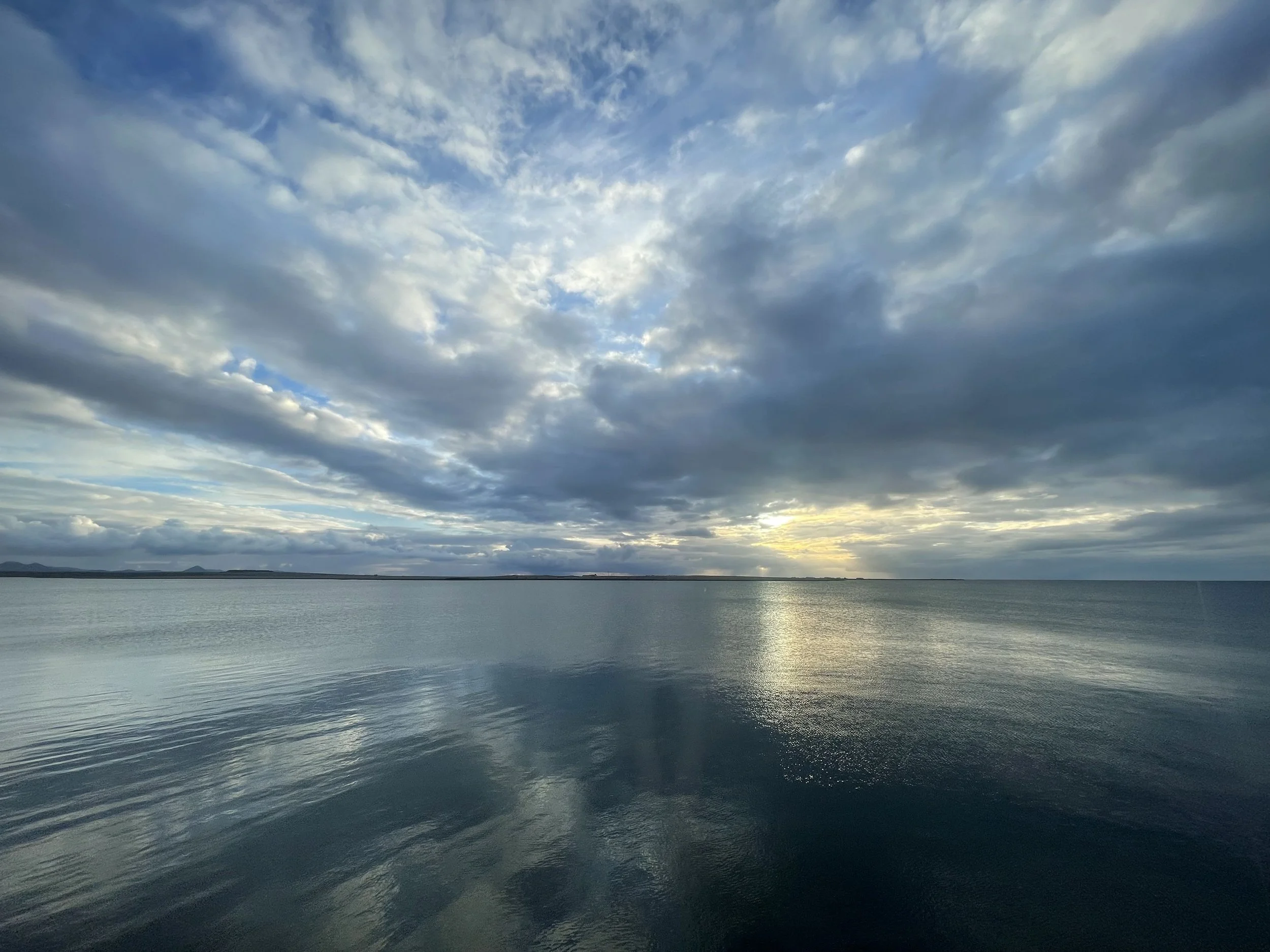What has changed are the stakes, so much higher for the human race today. Perhaps the most encouraging observation is this: during a crisis, like Uganda’s deforestation, we tend to set aside our differences more easily and go to work for what is important to us all. The question for us today – How much can be done before things get much worse?
A final word needs to go to traditions which are variously called Aboriginal, Earth-based, Indigenous, and Pagan, traditions that haven’t shown up so far in this essay. In part that is because they tend to be less institutionalized, less listened to. What they do have to offer, however, is a deep, complex sacred sense of nature and Mother Earth that is absent in so much religion today. Though often bullied and abused historically by the dominant institutional traditions, they have retained their wisdom and stand ready to share what they know about spiritual practice and living on this Earth. Protecting the Sacred in a Shattered World by Phil Lane, Jr. in the last month’s TIO is a good starting place.
Exemplary Resources for Interfaith Environmental Activism
Anyone interested in religion and the environment has a host of internet sites to visit. How to choose? The three resources profiled below, very different from each other, are examples of the best you can find: an online, open-source curriculum – an interactive film – and a secular agency helping religious, spiritual folk with environmental information and advice, besides hosting a raft of its own projects.
* * *
Religion, Environment, and International Relationships is a course overview and syllabus written by Cynthia Sampson. It is one of several online open-source curricula focused on religion and peacemaking developed by the University of Denver’s Center for Sustainable Development and International Peace. Any serious student of these issues will find a wealth of information in all of them.
RENEWAL is a 90-minute feature which can also be viewed as eight 9-to-15 minute stand-alone documentaries about religious environmental activists. Terrific to watch all the way through, and a great tool for a series of classes.
Alliance of Religions and Conservation (ARC) was founded by HRH Prince Philip of England, then president of the World Wildlife Federation. In 1986 he gathered leaders from five religions to Assisi, in Italy, to discus how their faiths could help save the natural world. The discussion continued, more faiths joined, and in 1995 ARC was launched. It is a secular body that helps the major religions of the world develop their own environmental activities, based on their own core teachings, beliefs and practices. It helps religions link with scientists and key environmental organizations – creating powerful alliances between faith communities and conservation groups.











